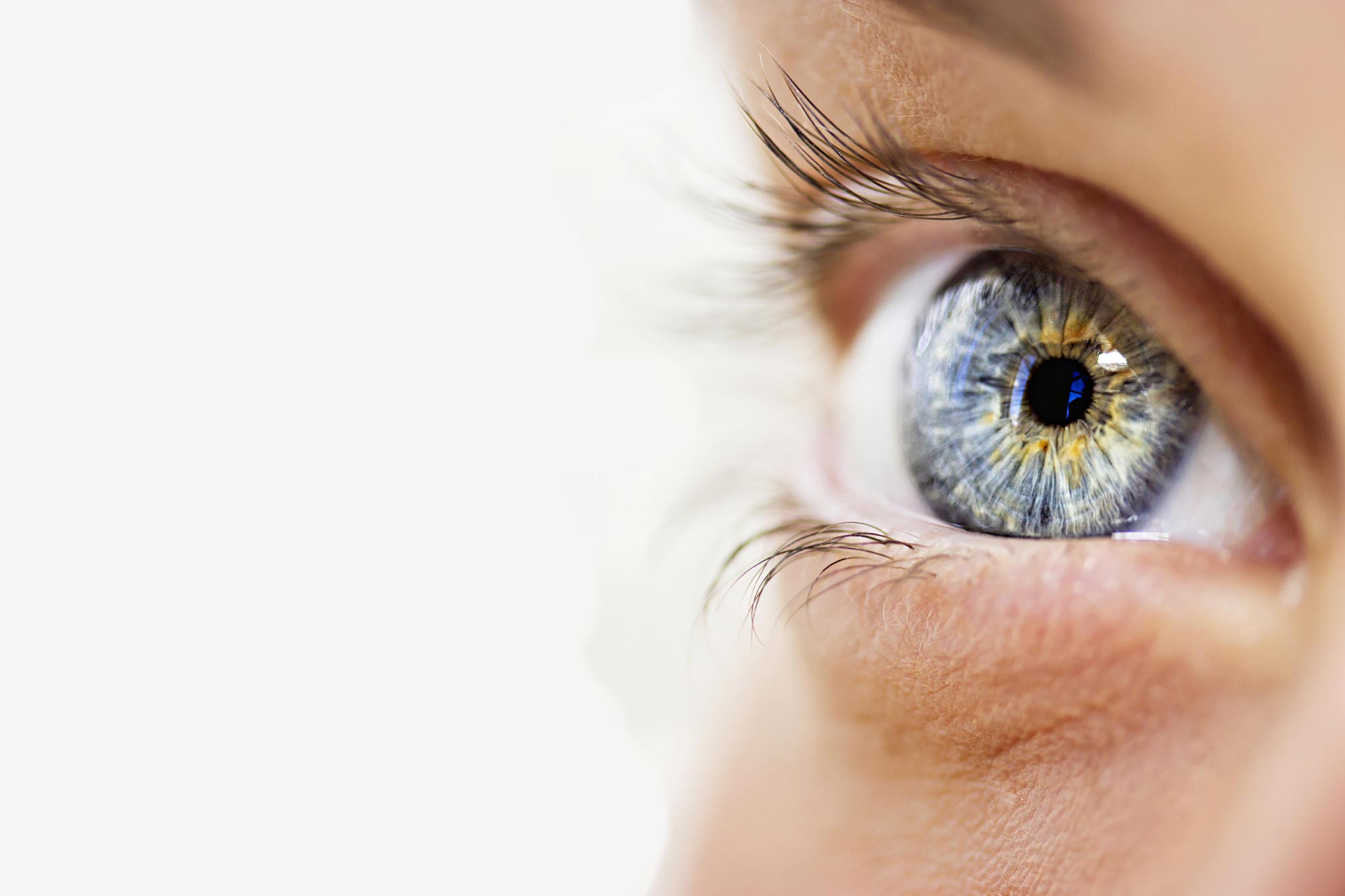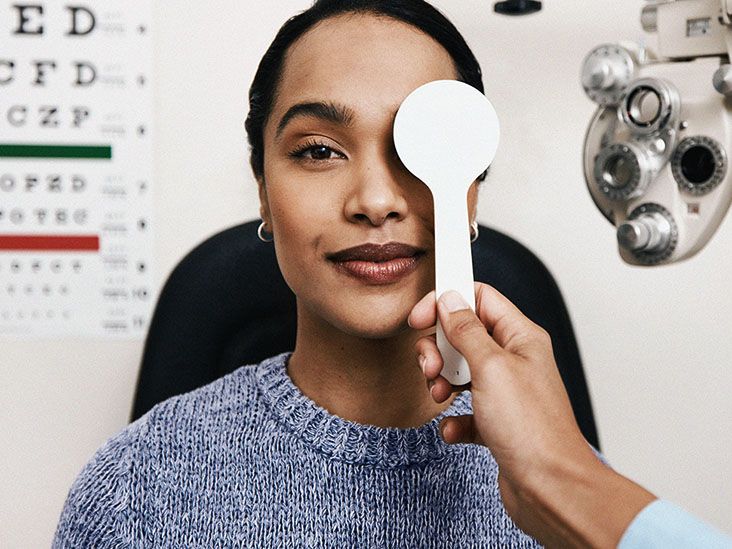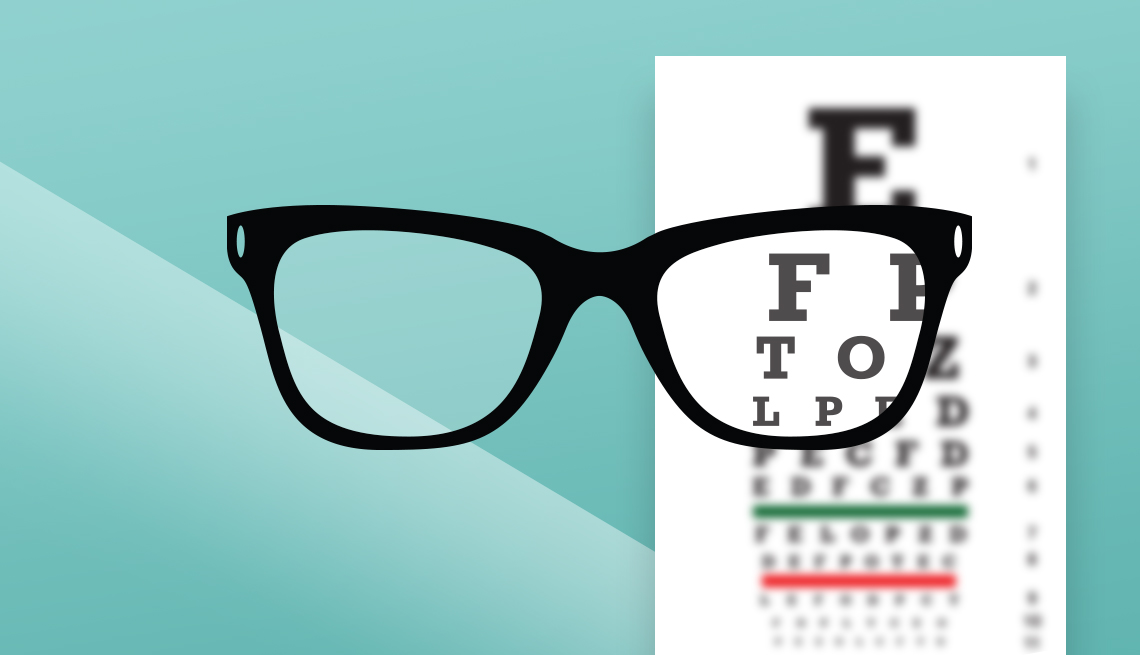The Complete Break Down of Retina Disorders and How They Affect Your Vision
The intricate network of cells in the retina plays an important duty in translating light right into the pictures that enable us to view the globe around us. Retina problems can disrupt this fragile process, bring about a variety of vision impairments. Understanding the complexities of these problems is important for comprehending how they affect your vision and the possible implications they may have on your general eye health and wellness. By discovering the makeup of the retina, common conditions that can affect it, their reasons, symptoms, and available treatment alternatives, we can get important insights right into preserving and securing our vision.
Introduction of Retina Makeup
The intricate structure of the retina works as the structure for visual understanding and plays a critical role in the process of transforming light right into neural signals for the mind to interpret. Found at the back of the eye, the retina includes several layers that function with each other perfectly to help with vision. At the core of this intricate structure are photoreceptor cells known as cones and rods. Poles are in charge of vision in low light conditions and identifying activity, while cones are important for color vision and thorough aesthetic skill. These photoreceptor cells convert light energy into electrical signals that are after that refined by other retinal cells, such as bipolar cells and ganglion cells. The bipolar cells beam from the photoreceptors to the ganglion cells, which consequently send out these signals through the optic nerve to the mind for visual handling. Comprehending the elaborate makeup of the retina is fundamental in comprehending just how vision functions and just how different retina conditions can affect aesthetic assumption.

Common Retina Disorders
Retina conditions incorporate a variety of conditions that affect the elaborate structure of the eye accountable for aesthetic handling. One usual problem is age-related macular deterioration (AMD), a leading source of vision loss in individuals over 50. AMD affects the macula, a part of the retina essential for sharp central vision, causing blurriness or dead spots in the central aesthetic area.
An additional prevalent condition is diabetic retinopathy, happening in people with diabetes mellitus. High blood sugar level degrees harm the blood vessels in the retina, resulting in vision disability or loss of sight if left unattended. Retinal detachment is a significant problem where the retina draws away from its normal placement, creating a sudden beginning of advances, flashes of light, or loss of vision in a curtain-like pattern.
Finally, retinitis pigmentosa is a group of hereditary conditions that create the break down and loss of cells in the retina, bring about evening loss of sight and a gradual narrowing of the aesthetic area - cardiologist andalusia. Understanding these typical retina disorders is crucial in preserving vision and seeking prompt clinical treatment
Sources Of Retina Disorders
Different variables add to the development of retina disorders, consisting of genetic proneness, way of living choices, and underlying health and wellness conditions. Hereditary tendencies play a significant duty in lots of retina disorders, such as retinitis pigmentosa and macular deterioration. Individuals with a family background of these problems are at a higher risk of creating them due to acquired genetic anomalies impacting the retina's feature.
Way of life choices can likewise impact retina health and wellness. Cigarette smoking, for example, has been linked to an increased threat of age-related macular deterioration, an usual retina disorder that can lead to vision loss. Poor dietary practices doing not have necessary nutrients like vitamins A, C, and E, as well as omega-3 fatty acids, can additionally add to the growth of retina disorders.
Underlying wellness conditions, such as diabetic issues and high blood pressure, are known to impact the retina. Diabetic retinopathy, a complication of diabetic issues, can create damages to the blood vessels in the retina, causing vision problems. Similarly, hypertension can lead to hypertensive retinopathy, where hypertension affects the blood vessels in the retina, possibly creating vision troubles. Understanding these causes is important in stopping and taking care of retina disorders.
Signs and Medical Diagnosis
Offered the substantial influence that triggers such as hereditary tendencies, way of life choices, and underlying health conditions can carry the growth of retina problems, it is vital to identify the signs and use effective diagnostic approaches for very early detection and management. Symptoms of retina problems can differ depending upon the particular condition yet might consist of blurred or misshaped vision, the abrupt look of advances or flashes of light, a dark area in the center of your vision, or a steady loss of main vision. It is vital to seek immediate clinical interest. if you experience any of these symptoms.
Detecting retina conditions generally entails a detailed eye assessment, which may consist of visual find out here skill tests, dilated eye tests, optical coherence tomography (OCT), fluorescein angiography, or various other imaging tests. Your eye treatment supplier may additionally inquire concerning your case history and any type of family background of eye problems. Early detection via routine eye tests is essential to stop vision loss and managing retina problems efficiently. Your medical care provider will certainly work with you to establish a customized treatment plan to maintain your vision. if detected with a retina problem.

Therapy Choices and Monitoring
Therapy options for retina disorders vary depending on the underlying cause and severity of the condition. In cases of retinal detachment, surgical interventions such as vitrectomy or scleral buckling may be necessary to stop and reattach the retina vision loss.
Regular eye examinations and early discovery of retina disorders are crucial for effective management and therapy outcomes. Individuals with click over here retina disorders need to work very closely with their ophthalmologist to create a customized therapy plan that resolves their specific requirements and aids preserve optimum visual function.
Verdict
Finally, recognizing the anatomy of the retina, typical problems, triggers, signs and symptoms, diagnosis, and therapy options is important in taking care of vision disabilities. Retina problems can considerably influence vision and lifestyle, making early discovery and proper administration essential. By staying notified concerning these conditions and seeking ideal treatment, individuals can better protect their vision and keep total eye health and wellness.

Understanding the his explanation elaborate composition of the retina is basic in comprehending how vision functions and just how numerous retina disorders can impact visual understanding.
Retinal detachment is a significant problem where the retina pulls away from its normal setting, triggering an unexpected start of drifters, flashes of light, or loss of vision in a curtain-like pattern.
Signs and symptoms of retina disorders can vary depending on the particular condition however might consist of obscured or misshaped vision, the unexpected look of advances or flashes of light, a dark area in the facility of your vision, or a gradual loss of central vision.In conclusion, understanding the anatomy of the retina, typical conditions, causes, symptoms, diagnosis, and treatment options is essential in handling vision impairments.